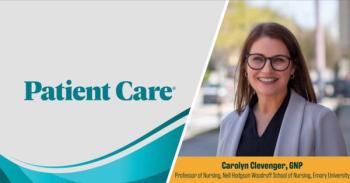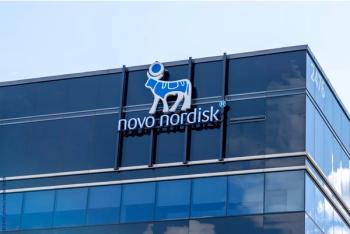
Drug Benefit Trends
- Drug Benefit Trends Vol 21 No 3
- Volume 21
- Issue 3
Metabolic Agents Lead Drug Expenditures
Adults in the United States spent more on medications for diabetes and high cholesterol and other metabolic disorders than on any other class of medications in 2006. Expenditures for metabolic agents totaled $38.1 billion, or 18.3% of total outpatient drug expenditures for noninstitutionalized adults 18 years and older. In all, outpatient drug spending totaled $208.1 billion in 2006. Expenditures for the top 5 therapeutic classes accounted for $130.8 billion, or 62.9% of total expenditures. Findings are from the ongoing Medical Expenditure Panel Survey conducted by the Agency for Healthcare Research and Quality.
Adults in the United States spent more on medications for diabetes and high cholesterol and other metabolic disorders than on any other class of medications in 2006. Expenditures for metabolic agents totaled $38.1 billion, or 18.3% of total outpatient drug expenditures for noninstitutionalized adults 18 years and older. In all, outpatient drug spending totaled $208.1 billion in 2006. Expenditures for the top 5 therapeutic classes accounted for $130.8 billion, or 62.9% of total expenditures. Findings are from the ongoing Medical Expenditure Panel Survey conducted by the Agency for Healthcare Research and Quality.
After metabolic agents, the top-selling categories were cardiovascular agents, $33.1 billion, or 16%; CNS drugs (including analgesics), $28.2 billion, or 13.6%; psychotherapeutic agents, $17.5 billion, or 8.4%; and hormones, $14.0 billion, or 6.7% (Cover Figure). (Metabolic agents include diabetic supplies and equipment and also insulin, which in this survey is classified as a metabolic agent rather than as a hormone.)
Medications dispensed most often were CNS drugs. These were purchased by 45.5% of persons who had a prescription drug expense. Cardiovascular agents were purchased by 38.9%, hormones by 29.7%, and metabolic agents by 28.9%, while psychotherapeutic agents were purchased by 16.9%.
The most costly drugs were psychotherapeutic agents, averaging $91.54 per prescription, followed by metabolic drugs at $86.90 per prescription; CNS agents, $62.59; and hormones, $48.15 (
The Medical Expenditure Panel Survey includes data on 332,000 persons who are interviewed several times over a 2-year period. Excluded are OTC drugs and prescription drugs administered in a physician’s office, hospital, or other inpatient setting.
Data for the Cover Figure and in the ““Trend of the Month” are from the Center for Financing, Access, and Cost Trends, Agency for Healthcare Research and Quality, household component of the Medical Expenditure Panel Survey, 2006. More information is available at
Articles in this issue
over 16 years ago
Digestive Diseases Cost $141.8 Billion Annuallyover 16 years ago
Genetic Polymorphism and Major Depression: New Theoriesover 16 years ago
Insulin: A Possible Treatment for AD?over 16 years ago
Financial Incentives Spur Smoking Cessationover 16 years ago
Managing Drug Interactions That Can Reduce Levothyroxine Efficacyover 16 years ago
Optimizing the Use of Cost-Sharing Strategiesover 16 years ago
Prevention as a Replacement for Breakdown Medicineover 16 years ago
Using Biomarkers to Guide Therapy, Coverage Decisionsover 16 years ago
Clinicians Override Most Rx Safety AlertsNewsletter
Enhance your clinical practice with the Patient Care newsletter, offering the latest evidence-based guidelines, diagnostic insights, and treatment strategies for primary care physicians.


















































































































































































































































































